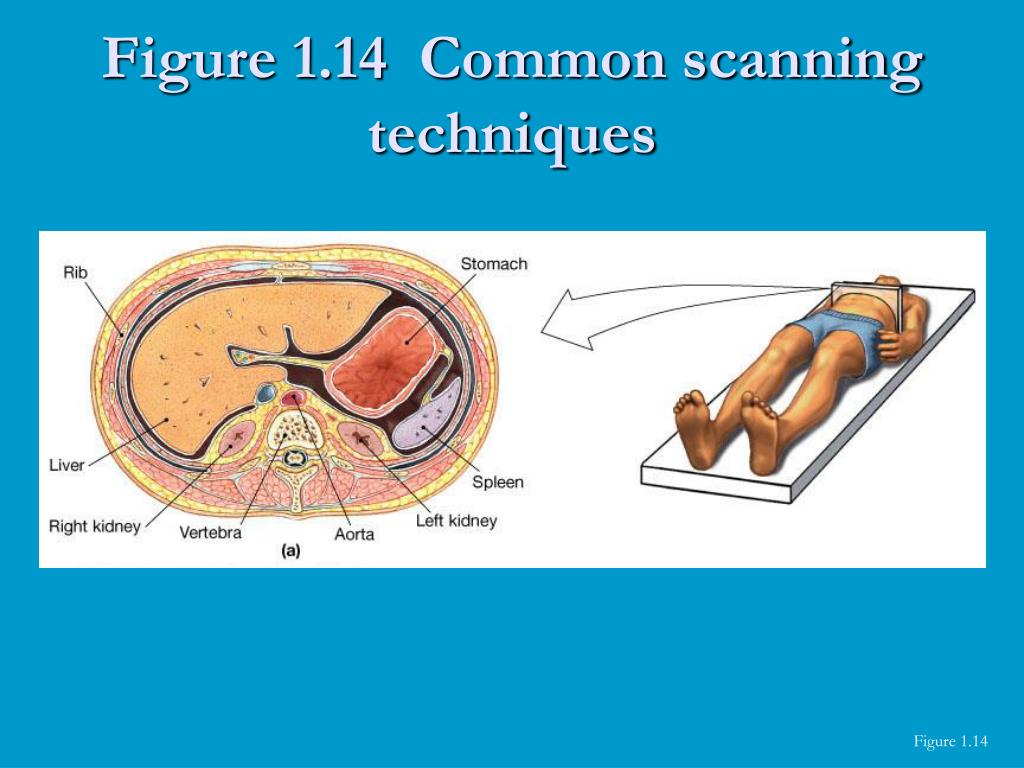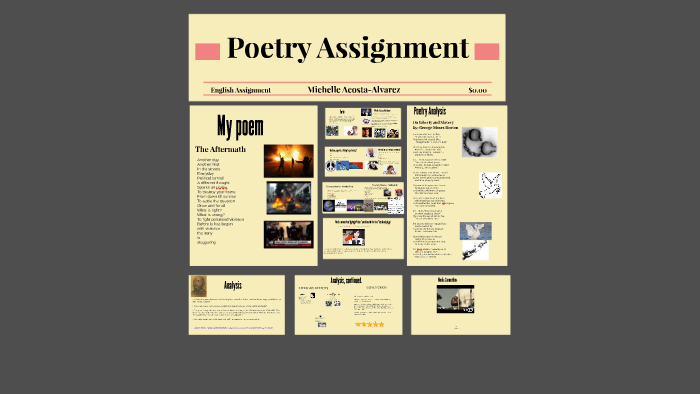


You can also get a sonnet e-mailed to you every single day by registering at this site! Ahhh! Finally, here is an excellent website that gives an overview of the sonnet and all kinds of variations. If you would like to read a Shakespearean sonnet every day, click for the link. At the end of the practice sonnets, there’s some excellent info. Click HERE for about 30 sonnets with which to practice. Use a “b” to designate a different sound than sound “a.” Use a “c” to designate another different sound than sounds “a” or “b.” Use a “d” to designate another different sound at the end of a line than sounds “a” or “b” or “c,” etc.) Example: TO FIGURE OUT THE SONNETS ON THE RIGHT COLUMN OF THE BACK SIDE OF THE PINK QUIZ, YOU NEED TO KNOW THE FOLLOWING: There are two types of sonnets–Shakespearean (consists of 3 quatrains rhyming like this abab,cdcd,efef and 1 couplet=gg) and Petrarchan (consists of an octave=abbaabba and a sestet=cdecde or cddcdd or cdccdc or cdcdcd or lots of other options). For example, use an “ a” to designate the last sound at the end of the first line.

TO DETERMINE RHYME: You use small letters to designate the rhyming pattern. TO DETERMINE RHYTHMIC PATTERN: Try ITAD: iambic (u/), trochaic (/u), anapestic (uu/), dactylic (/uu), pentameter. The following tips/ info should help you. Do the practice one handed out in class today. Click įOR FUN: Check out Alan Rickman reading Shakespeare’s “Sonnet 130 My Mistress Eyes” TO FIGURE OUT THE SONNETS ON THE RIGHT COLUMN OF PAGE T 10, YOU NEED TO KNOW THIS: There are two types of sonnets: Shakespearean (consists of 3 quatrains rhyming like this abab,cdcd,efef and 1 couplet=gg) and Petrarchan octave=abbaabba sestet=cdecde or cddcdd or cdccdc or cdcdcd or? (lots of other options).Ĭlick HERE for about 30 sonnets with which to practice. Use a “b” to designate a different sound than sound “a.” Use a “c” to designate another different sound than sounds “a” or “b.” Use a “d” to designate another different sound at the end of a line than sounds “a” or “b” or “c,” etc.) TO DETERMINE RHYTHM PATTERN: Try ITAD: iambic (u/), trochaic (/u), anapestic (uu/), dactylic (/uu), pentameter. Do these in pencil! (If you would like to print out a copy of this, click HERE) The following tips/ info should help you. PINK Scansion Quiz and the Asimov and the Sonnet Quizzes. SCANSION REVIEW–Go over PINK and over GREEN practice SCANSION QUIZ Click here Click HERE for additional scansion exercises with which to practice. Poetry is an… (Photo credit: liber(the poet) ) Byron Poetry is an… (Photo credit: liber(the poet) )


 0 kommentar(er)
0 kommentar(er)
